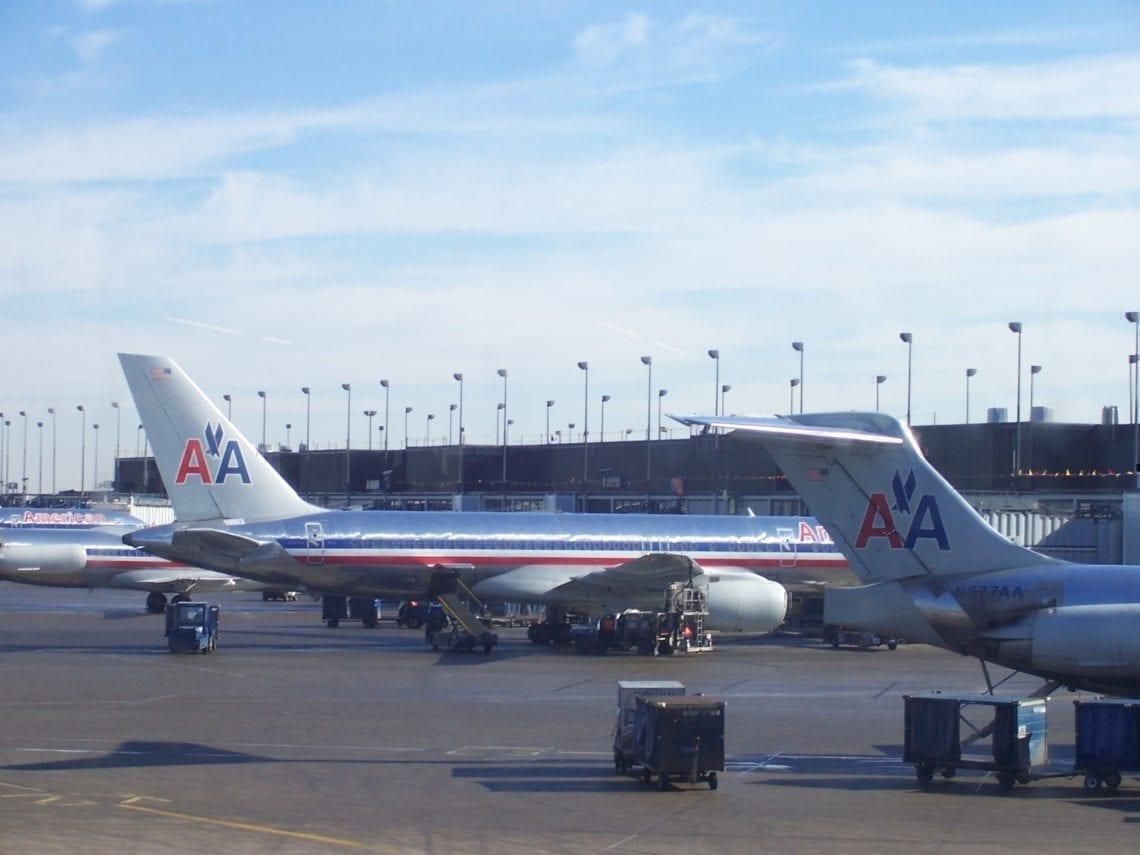It seems that not a day goes by without a story in the aviation press listing the fastest growing airports on the planet, or the fastest growing hubs in the United States.
But often, some of the most exciting growth in aviation comes from the bottom, that is, smaller regional airports that serve as the backbone of air travel.
It’s these airports that help create significant growth in hub airports, and that keep smaller communities connected to the rest of the country, and indeed, the world.
The US domestic market continues to grow significantly
Industry analysts OAG released its annual report earlier this year into the fastest growing airports in the US. It not only covers the major hubs, but also some of the smaller ‘mid-sized’ regional airports.
Here’s the five fastest growing mid-sized airports in the US right now.
1. Cincinnati (CVG)
Cincinnati has experienced an 18% increase in capacity in the 12 months since April 2017. And despite 97% of its flights being domestic, it’s still the 32nd biggest airport in the country.
A vast proportion of its domestic flights are still made up by Delta (43%), which used the airport as one of its hubs for three decades until 2012.
But the biggest reason for CVG’s growth over the past few years has been the significant growth of low-cost carriers such as Southwest, Frontier, and Allegiant.
Indeed, Southwest’s Chicago Midway route has increased the carrier’s capacity by 66%.
As the low-cost carriers continue to squeeze yields at the airport, CVG will be an interesting one to watch, especially if it gains the interest of more international carriers looking to expand regional hubs in the area.
2. Austin (AUS)
Austin is an interesting entry in this list because its growth is due to a mix of both domestic and international traffic. In fact, international routes counted for 22% of its growth last year, with low-cost trans-Atlantic carriers Norwegian expanding its service from London Gatwick this year.
Again, Southwest is dominant in Austin, and on some routes, faces relatively little competition. On the 31 routes the carrier operates, only 7 have competition from one of the major US carriers.
Overall, the airport has experienced strong growth with connections across the country, and as the city develops its popularity with multinational companies – particularly in the tech sector – it’s expected to expand even further in the coming years.
3. San Jose (SJC)
It’s no secret that airports surrounding Silicon Valley have experienced rapid expansion in recent decades. But rapid development in the area has not only given way to growth in domestic air travel, and more recently, international routes to Europe, Asia, and beyond.
In recent years, international carriers like British Airways, Air China, ANA, Aeromexico, AirCanada, and Lufthansa have commenced operations to San Jose to monopolise on the tech market.
(Although Lufthansa ceased operations to SJC in October 2018).
But once again, SJC’s success is due to Southwest’s rapid expansion into regional airports – taking about 47% of the airport’s capacity.
The only other major carriers who come close are Alaska and Delta with 17% and 10% of overall seat capacity.
4. Burbank (BUR)
Building on a theme, Southwest once again dominate the regionals with 76% of BUR’s capacity dedicated to the airline.
In addition, the airline added more than half a million seats to its capacity last year alone, on routes to the West Coast and the Midwest.
Other major players aren’t going down without a fight, however. Alaska and United added 200,000 and 100,000 seats last year respectively.
Perhaps unsurprisingly, the largest growth in routes to the airport has been from business hubs such a San Jose (SJC), Salt Lake City (SLC), and San Francisco (SFO).
For major corporations to the North and even South of Los Angeles, Burbank provides quick access from its airport to central LA via its rail link – vital for those ‘in-a-day’ meetings from elsewhere in California and beyond.
5. Cleveland (CLE)
Cleveland is one of the fastest growing centers for biomedical and smart manufacturing processes, attracting some of the best talent from tech hot spots in the rest of the country.
Unlike our other fast-growing airports, Southwest doesn’t dominate, with United operating the most flights (although Southwest comes a close second).
This is no surprise as CLE is a hub for United, but the carrier is fending of strong competition from the major low-cost airlines such as Southwest, Allegiant, and Frontier.
All bets are off in who’s going to reign supreme in the coming years at CLE. Indeed, Delta has added 160,000 seats over the past year.
But one thing’s for sure, United’s influence is reducing, and routes to Delta’s stronghold Atlanta in particular, has increased by 22% since last year.
Southwest dominates the mid-sized domestic market
It’s clear that smaller US airports will play an increasingly important role in both domestic and international air travel in the coming years.
But Southwest’s dominance of the domestic market in the United States simply can’t be ignored. In many cases, the carrier is dominating other low-cost carriers and ‘legacy’ airlines such as Delta and United.
I should say that outside the top five mid-sized performers in the US, Spirit, Alaska, American, United, Delta, and many other international carriers have experience rapid growth, and continue to boost seat capacity nationwide.
If you regularly use a regional airport and have noticed significant growth recently, I’d love to know where you generally travel to and why. Let me know in the comments below.

